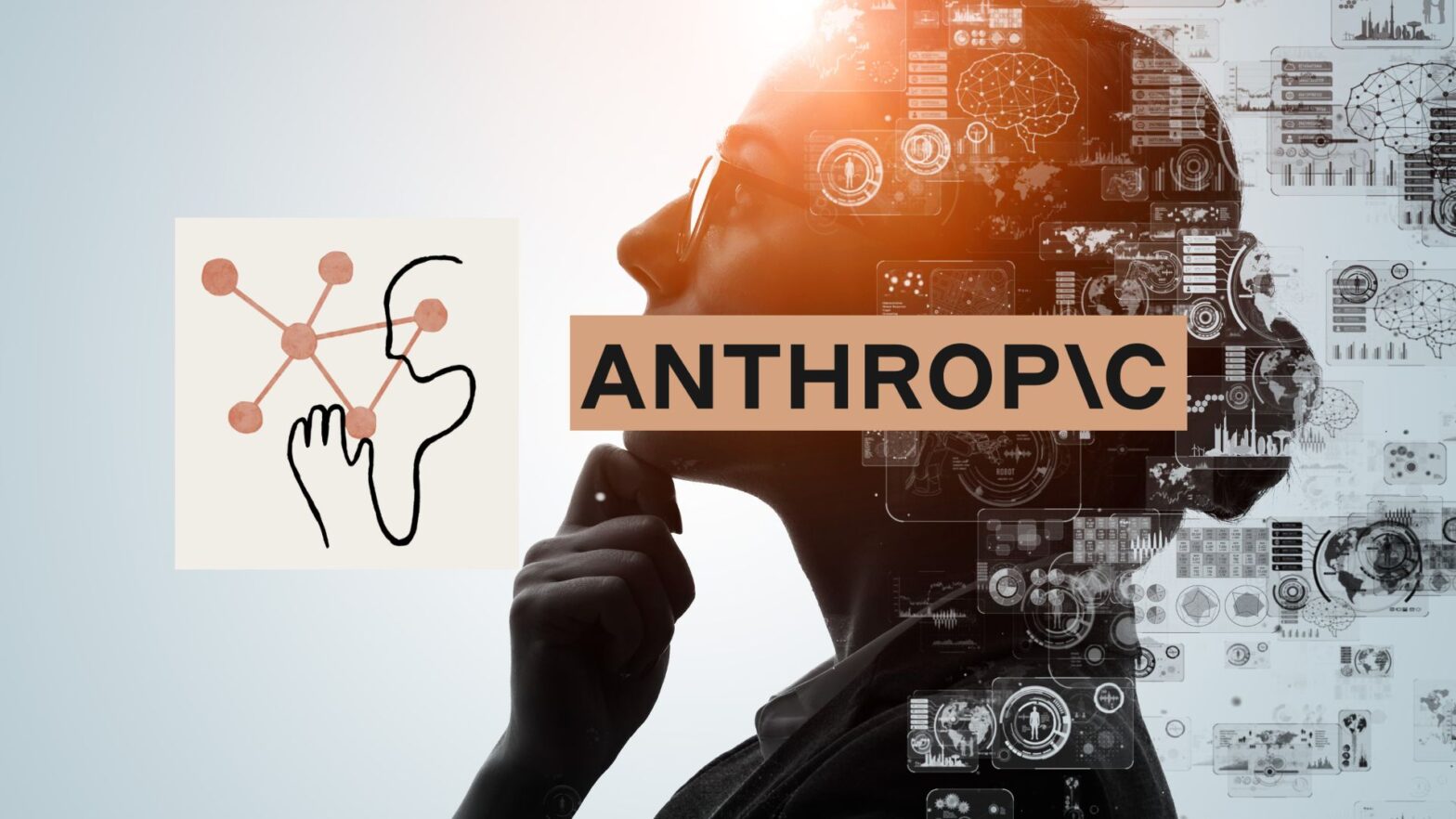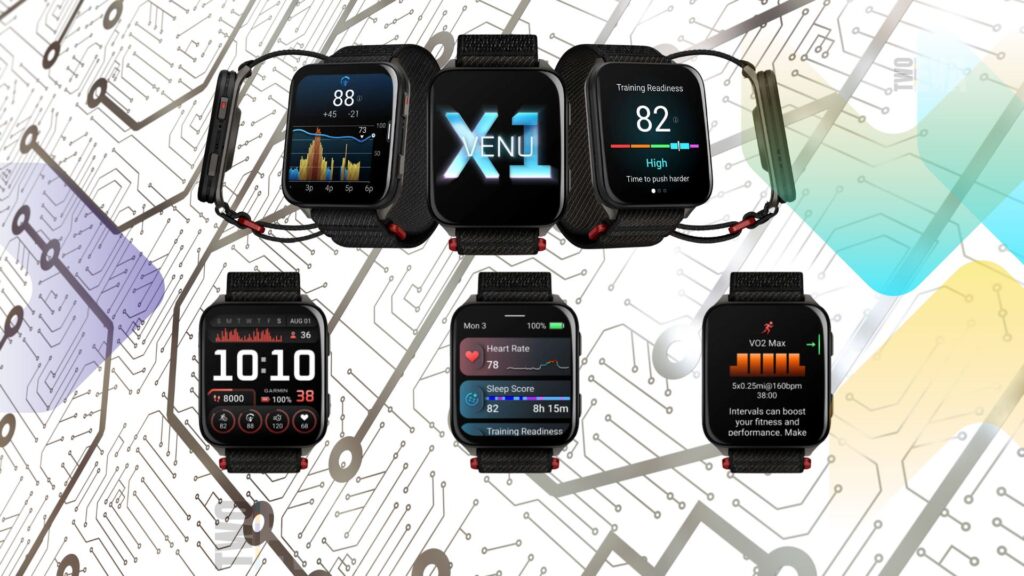Anthropic CEO Dario Amodei has set a 2027 deadline for his company to “crack open the black box” of advanced artificial intelligence models, aiming to provide clearer visibility into how these systems make decisions before superintelligent AI becomes a reality. The announcement, outlined in a recent essay by Amodei, highlights growing concerns about deploying increasingly autonomous AI in critical roles without tools to reliably detect errors, biases, or unintended behaviors.
The 2027 Goal: Why Now?
AI models, particularly large language models like Anthropic’s Claude, excel at generating human-like text, but their inner workings remain largely opaque. Why does this matter? As these models take on roles in healthcare, finance, and security, unexplained failures or biases could have serious consequences. Amodei argues that without interpretability—the ability to trace how AI arrives at its outputs—human oversight becomes impossible, especially as models approach superintelligence.
Anthropic’s interpretability initiatives aren’t new. The company’s 2023 launch of Claude introduced tools that traced the model’s reasoning for simpler tasks. More recently, its “microscope” techniques have mapped neural network activations to identify patterns in decision-making. Yet, as models grow more complex, current methods struggle to keep pace.
Building on Past Milestones
Amazon’s significant investment in Anthropic provided a crucial boost, accelerating research into mechanistic interpretability—a method that dissects AI computations step-by-step rather than analyzing outputs after the fact. This approach sets Anthropic apart from competitors focused primarily on performance metrics. According to experts, including Anthropic’s Chris Ameisen and IBM’s El Maghraoui, such interpretability is essential for reducing biases and ensuring AI aligns with real-world constraints.
However, challenges persist. While Anthropic has made progress in decoding small-scale behaviors, high-dimensional reasoning—like solving abstract ethical dilemmas—remains elusive. Even its latest models, such as Claude 3.5 Sonnet, occasionally produce unpredictable “hallucinations” with no clear cause, reinforcing the need for deeper scrutiny.
Beyond Transparency: AI Welfare and Ethical Frontiers
Anthropic is also exploring AI welfare—an area some consider speculative but potentially critical if future models exhibit behaviors resembling sentience. Most researchers, including those at Anthropic, stress that today’s AI lacks consciousness. Still, the company is preemptively developing frameworks to address possible ethical implications as capabilities expand.
Amodei’s 2027 target hinges on scaling interpretability tools to match AI’s rapid advancement. While skeptics question whether the field can move fast enough, the initiative underscores a broader industry dilemma: can humanity afford to deploy systems it doesn’t fully understand? For now, Anthropic is betting that breaking open the black box is the only viable answer.














